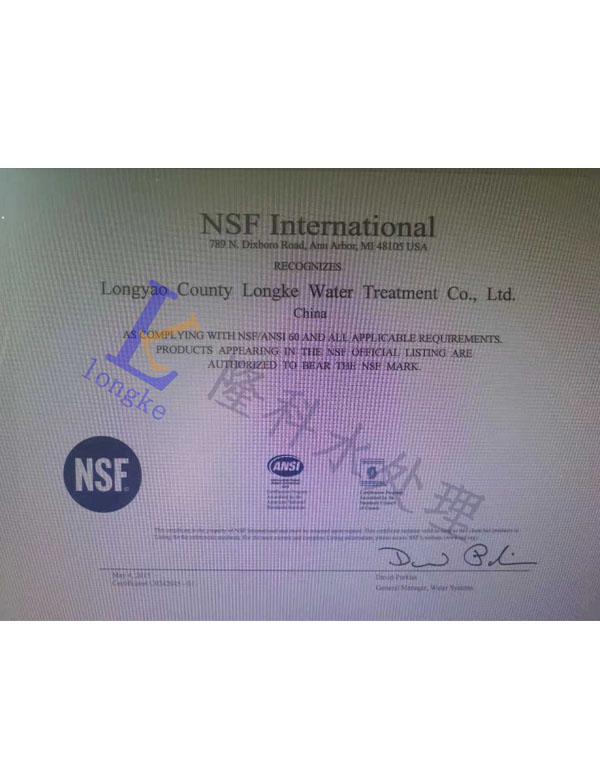Exploring the Applications and Benefits of PBTC in Chemical Industries and Water Treatment Processes
Understanding PBTC The Role of PBTC in Modern Chemical Applications
PBTC, or Phosphonobutane Tricarboxylic Acid, is a compound that has gained significant attention within the chemical industry. As a valuable chelating agent and scale inhibitor, PBTC has carved out a niche in various applications, ranging from water treatment to industrial processes.
Chemical Properties and Structure
PBTC is characterized by multiple carboxylic acid groups, which enhance its ability to interact with metal ions in solution. This interaction allows it to effectively prevent the formation of scale, which can accumulate in pipelines, boilers, and cooling systems. The chemical structure of PBTC contains phosphorus, which helps improve its effectiveness compared to other conventional scale inhibitors.
Applications in Water Treatment
One of the primary applications of PBTC is in the water treatment industry. Hard water contains high levels of calcium and magnesium ions, which can lead to scale formation in water distribution systems. By using PBTC, operators can mitigate this issue. The molecule binds to the metal ions, forming stable complexes that keep these ions in solution and prevent them from precipitating out as scale.
Furthermore, PBTC is used in cooling towers, evaporators, and boilers, where maintaining efficiency is crucial. By controlling scale formation, PBTC not only enhances energy efficiency but also prolongs the lifespan of the equipment. This results in significant cost savings for industries that rely heavily on water systems.
Role in Oilfield Chemistry
pbtc chemical pbtc

In the oil and gas industry, PBTC plays a vital role in various applications, including enhanced oil recovery and drilling fluids. The compound’s ability to inhibit scale and corrosion makes it an invaluable asset in maintaining well integrity and optimizing production rates. Operators utilize PBTC to ensure that minerals do not precipitate and cause blockages in extraction equipment, which could lead to costly downtime and repairs.
Moreover, PBTC is often incorporated into formulations to improve fluid properties, making them more effective during drilling operations. This versatility positions PBTC as a key ingredient in the formulation of drilling muds, ensuring they maintain their desired properties under varying temperatures and pressures.
Environmental Impact and Safety
One of the advantages of using PBTC over traditional phosphonates is its relatively lower environmental impact. As governments and organizations push for greener alternatives in chemical formulations, PBTC stands out due to its biodegradable nature. Its utilization aligns with global efforts to reduce the ecological footprint associated with chemical processes.
However, it is essential to handle PBTC with care, as with any chemical. Safety data sheets should be consulted to understand the proper handling procedures and potential hazards, ensuring that it is used in a manner that prioritizes safety and environmental compliance.
Conclusion
In summary, PBTC is a multifunctional chemical compound that has solidified its presence in various industries due to its efficacy as a scale inhibitor and chelating agent. From water treatment to oilfield applications, its ability to enhance system efficiency and prevent scale-related issues makes it an essential component in modern chemical practices. As industries continue to seek sustainable solutions, PBTC’s environmentally friendly profile will likely support its ongoing adoption and innovation in future applications. As research and development in this area progress, the potential for PBTC to serve even broader roles in industrial chemistry remains promising.
-
Water Treatment with Flocculant Water TreatmentNewsJun.12,2025
-
Polymaleic AnhydrideNewsJun.12,2025
-
Polyaspartic AcidNewsJun.12,2025
-
Enhance Industrial Processes with IsothiazolinonesNewsJun.12,2025
-
Enhance Industrial Processes with PBTCA SolutionsNewsJun.12,2025
-
Dodecyldimethylbenzylammonium Chloride SolutionsNewsJun.12,2025





